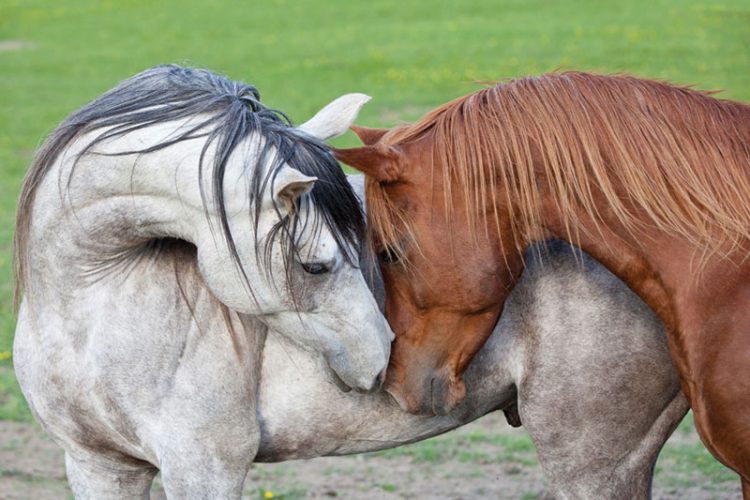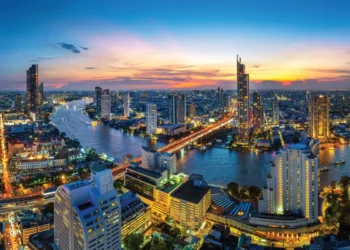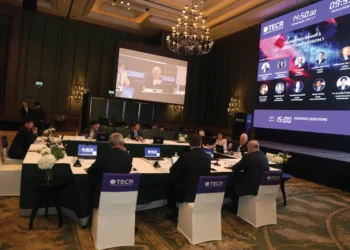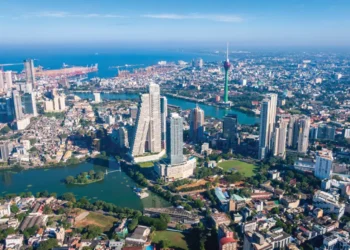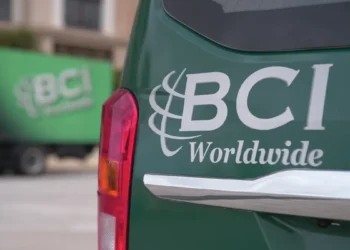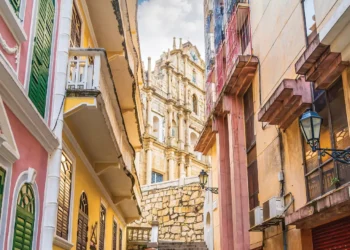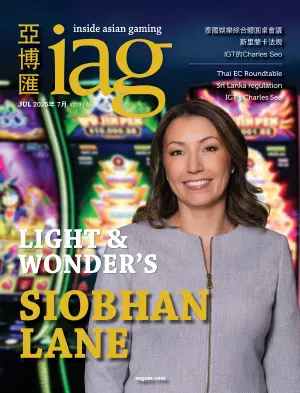With Yokohama starting its RFP for an IR facility, the local governments in Japan are now out of the starting gates. But only three, maybe less, of the four starters will reach the finish line. Of the four current candidate locations, Osaka and Wakayama are in the closest proximity to each other. Will that neighborly distance prove an advantage or disadvantage in Japan’s IR race?
January 2021 marked an epoch in Japan’s IR race. While Hokkaido confirmed once and for all it was out of the race for Japan’s first round of licenses, Wakayama closed its proposal submission period with Suncity Group Holdings Japan and Clairvest Neem Ventures both tossing their hats in the ring. These two will be narrowed down to one by the end of March.
Further south, Nagasaki started its RFP with five operators and consortia entering submissions. They are Casinos Austria, Pixel Companyz in collaboration with Groupe Partouche, a consortium that includes Get Nice Holdings and Current Corp among others, a recently announced partnership between Oshidori International Development and Mohegan Gaming & Entertainment, and another between Japan’s THE NIKI and Taiwan’s Chyau Fwu (Parkview) Group.

Yokohama also launched its RFP in January and is considered the most attractive location for large operators of the four locations so far.
Finally, MGM Resorts has already formed a consortium with ORIX as the sole contender for Osaka.
Of these four locations, a maximum of three will be selected by the national government in 2022, meaning the local government IR race is now officially underway.
It’s as if the dawn of a new year saw the starting gates spring open with the race towards Japan’s IR finish lane now well and truly back underway.
Naturally every locality has its own advantages and disadvantages and it’s hard to pinpoint exactly which of the four will make it to the other side at this point. But amid the many questions surrounding all four locations, the biggest for Wakayama is whether it can succeed in such close proximity to one of the hot favorites, Osaka.
COSY NEIGHBORS
Much rides on the upcoming Yokohama mayoral election in August 2021 with the expiration of mayor Fumiko Hayashi’s term of office. According to the national government’s Basic Policy, each local government must first choose an operator and then the operator and local government will create an IR Area Development Plan together. They will then apply for certification with the national government during the application period from October 2021 to April 2022.
In the case of Yokohama, IR is going to be a key point of debate for the election and should the opposition take power it is highly likely the city’s IR plan will be scrapped, leaving Osaka, Wakayama and Nagasaki as the only candidates.
But if Yokohama does overcome this challenge and remains in contention, the focus will turn to the relationship between Osaka (Yumeshima) and Wakayama (Marina City).
As the bird flies, Osaka city and Wakayama city are within 60km of each other. Wakayama Marina City is just a 30-minute drive from Kansai International Airport. How will this proximity affect the outcome?
On the popular TV show “Secrets of Prefectural Residents Show,” which showcases local specialties of various prefectures, Osaka residents ridicule Wakayama by saying things like, “Wakayama has nothing. They only have a panda.” Of course, in reality the prefecture boasts world heritage sites like Koyasan and Kumano Kodo Street as well as seaside resorts, which an Osaka IR can’t offer.
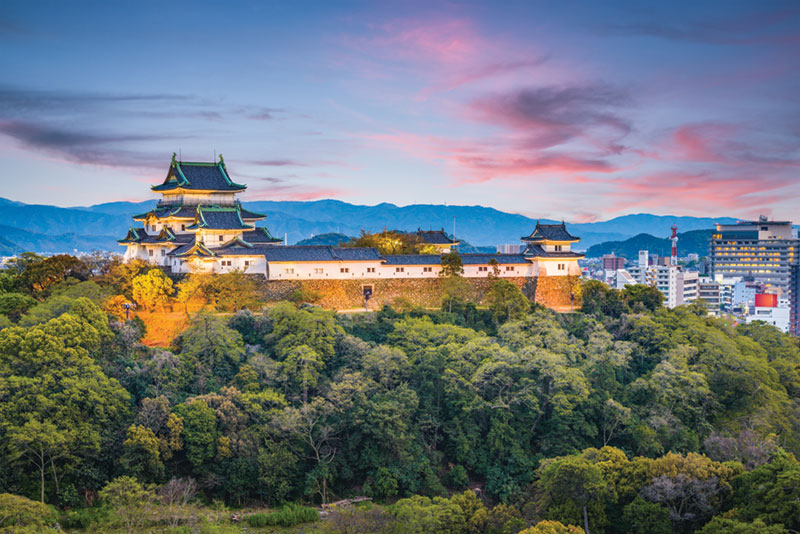
One interested party in Wakayama told IAG, “In general, having multiple IRs rather near each other creates more energy than just dropping an IR facility in a spot by itself.
“That’s how it worked in Singapore where multiple choices created a synergistic effect. Surely both operators and gamblers would welcome two IRs that are close together. Osaka could have an urban IR while Wakayama would feature a resort-type IR. Some say they would be too close, but it’s possible to compartmentalize and I believe we can anticipate a synergistic effect with two IRs so close.”
This response clearly assumes that the national government will focus on the contents and concept of the IR facility in regional selection without considering the regional characteristics. Yet another interested party expressed a different opinion.
“The national government wants the effects of IR to infiltrate the entire country, so it would be better to spread them out. That’s what the national government is hoping for. Two facilities in Kansai would be tricky.
“One of the major goals is regional revitalization so it’s likely either Wakayama or Nagasaki will be selected, but common sense tells us that large-scale locations will be Yokohama in the East and Osaka in the West. In order to maintain balance, it only makes sense that the third location would be Nagasaki in Kyushu.”
TROUBLE IN OSAKA?
An Osaka official contacted by IAG noted that there is now more to this story than simply Osaka v Wakayama, with COVID-19 having impacted even those operators once considered a sure thing in Japan.
“Osaka has been leading the IR race from the beginning and it was even the most popular among operators for a time, but just when MGM was decided, the COVID-19 pandemic broke out,” the official said. “MGM has had a rough go of it and it’s hard to call the situation stable at this point.”
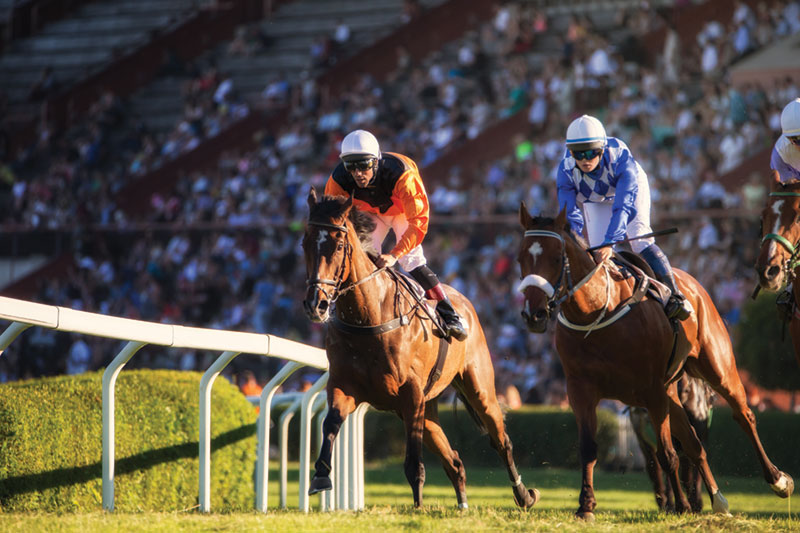
A source in the national government shared anecdotally, “A maximum of three locations will be selected, but it could be fewer. It’s possible that only two locations will be selected.”
Which of the four will make it through? Is there a chance both Osaka and Wakayama will win a license?
In horse racing parlance, this would be called betting a trio with only four runners. It sounds easy to hit the target, but in Japan’s IR race it could be much harder than it looks.






